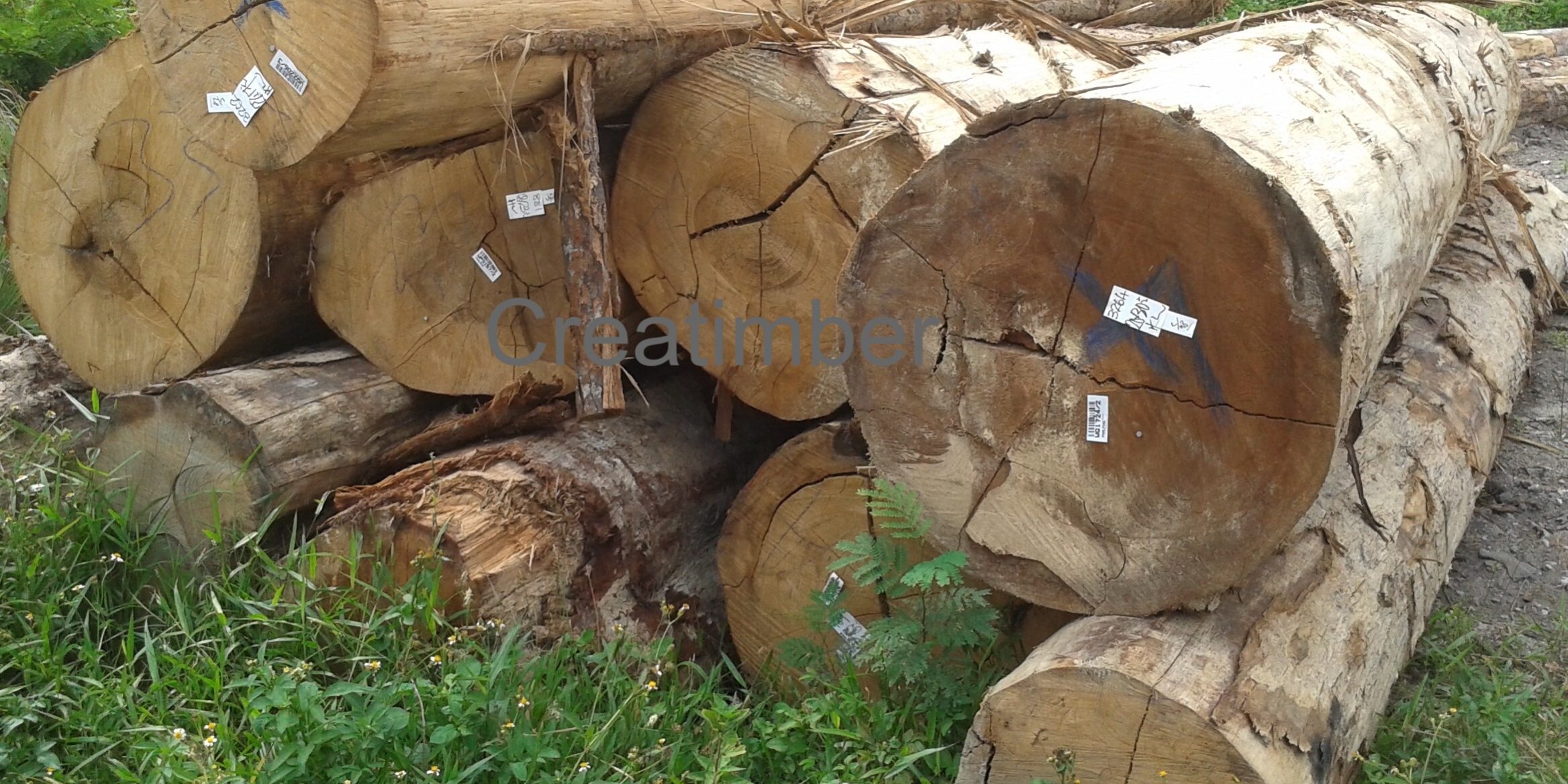Wood Identification Guide: A Comprehensive Resource by Creatimber Global Sdn Bhd
Your Trusted Malaysian Wood Supplier
As a leading wood supplier in Malaysia, Creatimber Global Sdn Bhd is proud to share insights to help you identify different types of wood. Whether you’re sourcing for furniture, flooring, or construction, understanding wood characteristics is essential to selecting the right material. Here’s a step-by-step guide tailored to wood identification.
1. Confirm It’s Solid Wood
Before diving into identifying the wood type, confirm that the sample is solid wood and not a composite or imitation material.
-
Check the End-Grain
Solid wood exhibits natural growth rings and grain patterns, which are absent in manufactured materials like MDF, OSB, or particleboard. These artificial woods have uniform, repeating structures that are easily distinguishable. -
Is It Veneered?
Veneers are thin layers of real wood adhered to a substrate. While they may look like solid wood, they are not. A repeating grain pattern on a large panel is a sign of veneering. -
Painted or Printed Wood Look?
Some panels are coated or printed to mimic wood grain, especially for furniture and flooring. For instance, many flooring products today use printed plastic or laminated finishes to achieve a wood-like appearance.
2. Examine the Color
The natural color of wood can provide important clues.
-
Natural or Stained?
If the color seems unnatural or overly uniform, the wood may have been stained. Stains obscure the wood’s original tone, complicating identification. -
Weathered or Aged Patina?
Exposure to sunlight or weather can cause wood to gray, while indoor aging creates a patina. Some woods darken with age (e.g., mahogany), while others lighten (e.g., maple). -
Freshly Sanded Surface
Sanding a section of the wood reveals its true, raw color, which is crucial for accurate identification.
3. Study the Wood Grain
-
Open or Smooth Texture?
Hardwood species like oak and mahogany feature open pores, while softwoods like pine are typically smoother and lack visible pores. -
Quartersawn vs. Plainsawn
The cut of the wood reveals distinctive grain patterns. Quartersawn surfaces often display unique features like oak’s flecks or lacewood’s lace patterns. -
Special Figures or Characteristics
Features like knots, curly grains, or sapwood can help pinpoint a wood species. For example, curly grain is common in soft maple but rare in cherry.
4. Assess Weight and Hardness
The density and hardness of wood provide essential clues.
-
Weight Comparison
Heavier woods, such as teak, are dense and hard, while lighter woods, like pine, are soft. Compare the weight to benchmark woods like oak or cedar for context. -
Moisture Content
Freshly felled or improperly dried wood can feel heavier due to moisture. Ensure the wood is dry for an accurate assessment. -
Hardness Test
Try pressing your fingernail into an edge. Softer woods like pine dent easily, while hardwoods like oak resist pressure.
5. Consider the Wood’s History
The origin and usage of the wood often provide critical insights.
-
Where Was It Sourced?
In Malaysia, locally sourced woods often include species like meranti, keruing, or chengal. Knowing the wood’s geographic origin narrows down possibilities significantly. -
Intended Use
Different applications favor specific wood types. For example, chengal is commonly used in outdoor structures due to its durability, while rubberwood is widely used in furniture production. -
Age of the Wood
Older wood pieces may show natural patinas or belong to species that were more commonly used historically, like teak for antique furniture.
6. Discover Unique Characteristics (The X-Factor)
For challenging cases, specialized methods can assist.
-
Odor Test
Freshly sanded wood can emit a distinctive smell. For instance, merbau has a faintly spicy aroma, while cedar has a characteristic scent. -
Fluorescence
Certain wood species glow under blacklight, offering a unique identifier. -
Chemical Testing
Simple chemical reagents can help distinguish closely related species. For example, a test can differentiate between red and white oak.
7. Observe the End-Grain for Definitive Clues
End-grain analysis is one of the most reliable techniques for identifying wood.
-
Prepare a Clear Surface
Sand the end-grain with fine-grit sandpaper (320 grit or higher) to create a smooth, visible surface. -
Use a Magnifier
A 10x magnification loupe is ideal for examining the fine details of the grain. -
Learn to Recognize Patterns
Hardwoods and softwoods have distinct end-grain structures. For example, hardwoods feature vessels or pores, while softwoods have resin canals.






